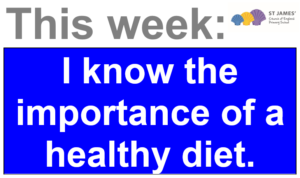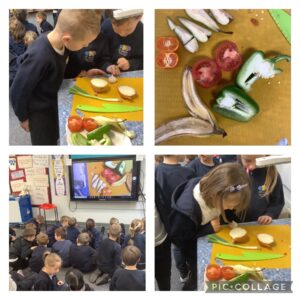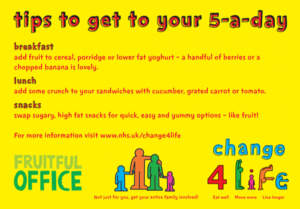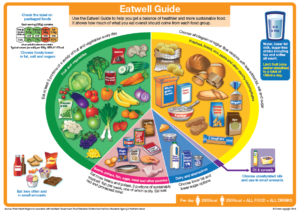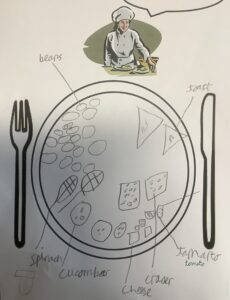We’ve enjoyed learning about sustainability in our most recent science unit.
We’ve been learning about how plastic can be helpful and harmful and some of the things we can do to make sure it’s disposed of sustainably.

sustainable – causing no harm to the environment
What is plastic?
Plastic is a man-made material that can have lots of different properties and can be formed into lots of different shapes. This makes it really useful! The children observed that plastic can be:
- light
- flexible
- strong
- rigid
- transparent
- opaque
- and many more…
Some of the children were surprised to learn that even some of our clothes are made out of types of plastic like polyester, nylon and acrylic. After some body-contorting label-checking, we concluded that most of our clothes contained at least a small percentage of plastic.
Single-use plastic
We discussed single-use plastic and had a think about some items we encounter on a day to day basis that, once used, are simply thrown away:
- plastic bags
- plastic straws
- yoghurt pots
- plastic bottles
Plastic lasts a long time in the environment. It doesn’t decompose like paper or wood. The children learnt about how waste is sent away to landfill and some of the problems it poses to the environment, especially when polluted by plastic.
Everyone can help!
After learning of the stark reality of plastic pollution in the environment, we were delighted to learn that everyone can help if we remember to:
reduce
reuse
recycle
Reduce – Use less plastic to cut down on the amount of waste.
Reuse – Use plastic again rather than throwing it away.
Recycle – Dispose of waste responsibly so it can be converted into a material that can be used again.

To tie all of our sustainability learning together, we reused some single use plastic bottles in a way that could help the wildlife in our local area. The children really enjoyed making their bird feeders and we hope the birds in the local area are reaping the rewards!




We’d love to share some photos of the bird feeders in situ. Photographic evidence of avian visitors would be particularly welcomed. Please email them to me: ajnash@spherefederation.org
Help at home by discussing plastic waste with your child.
- What small change could you make to reduce your plastic waste?
- How could you reuse plastic waste rather than putting it in the bin?
- How could you tackle plastic pollution in the environment?

























